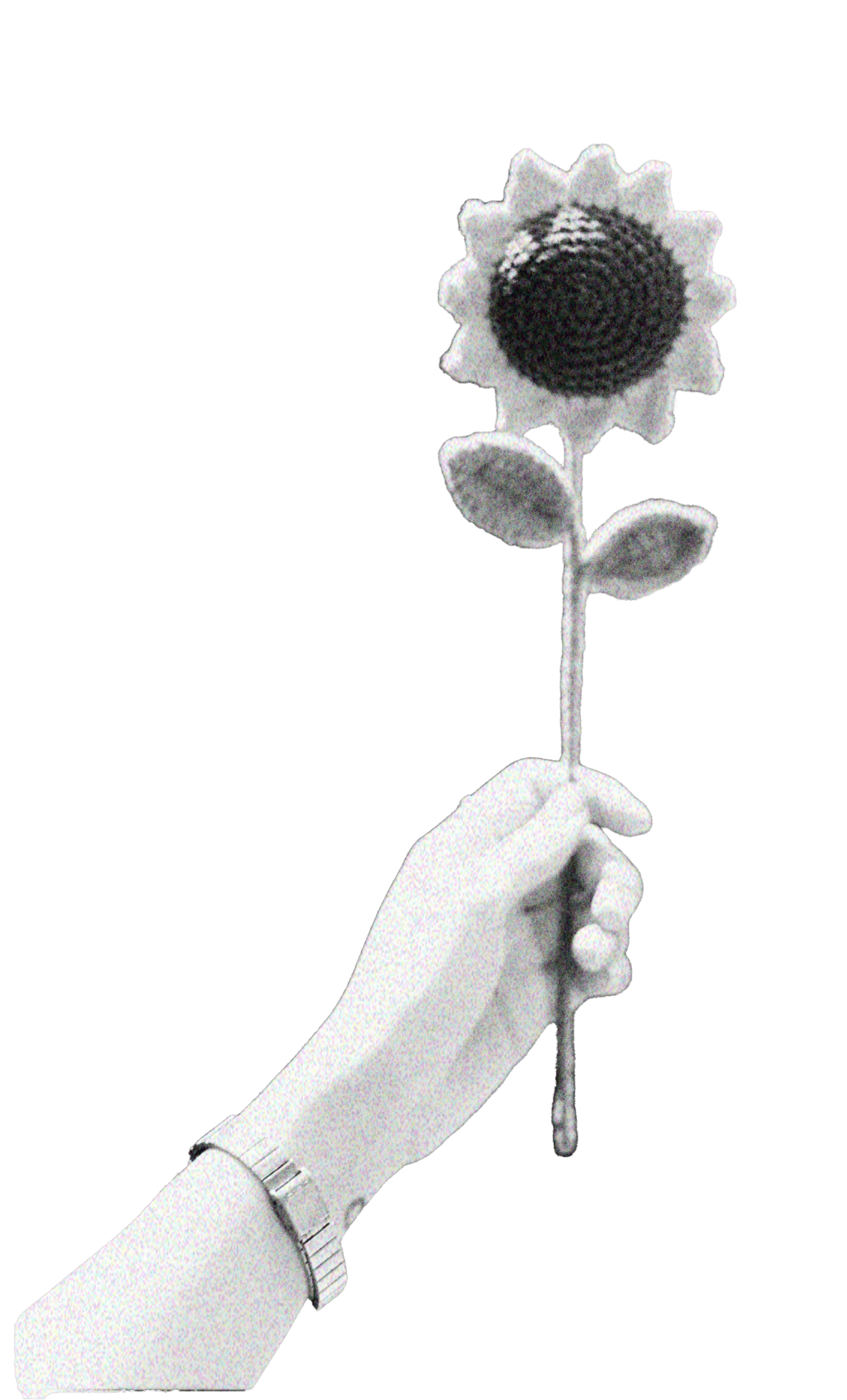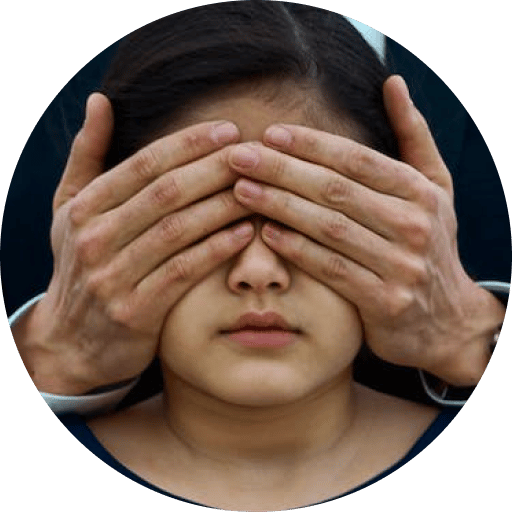





Billions are being invested in efforts to understand and mitigate environmental and climate change, and rightly so. Yet this green agenda could forge ahead without paying attention to gender inequality in diverse environmental and climate change-related investments.
The Chroma Collective invites you to explore this platform. Find relatable project designs and access relevant resources at the nexus of gender and the green agenda to inspire you in your work.
Learn more



Stories, actions, tools at the nexus of Gender and the Green Agenda
Environmental threats and climate change affect everyone,
but not everyone equally.
Individuals and communities are affected differently based on their gender roles, identities, and socio-economic conditions.






Women often bear a disproportionate burden in environmental degradation and climate change due to their roles as primary caregivers and their engagement with environmentally sensitive sectors like agriculture and water management, making them vulnerable to environment-related disruptions.
Gender norms and inequalities limit people's access to resources, decision-making power, and economic opportunities, exacerbating their vulnerability to environmental and climate change.
As a consequence of gender inequality, women often bear the brunt of environmental change; but gender norms affect everyone.
As a consequence of gender norms, men are more likely than women to earn their living in physically demanding professions like mining and construction, which could harm their health and expose them to dangers.


And, we must consider intersectionality1. The interconnectedness of race, class, age, ethnicity, and other dimensions of inequality—in addition to gender—may exacerbate an individual's vulnerability to environmental deterioration and climate change. For example, poor women in disadvantaged racial or ethnic groups face greater challenges in accessing resources and adapting to environmental degradation.





Gender inequality and the environmental challenges that drive the green agenda are closely connected.
Addressing gender inequality is not just a matter of social justice; it is a crucial component of effective environmental conservation and climate change mitigation, as it enhances resilience and promotes more sustainable and equitable resource management practices. Download this worksheet to learn more about the ecosystem players influencing this intersection.
Leads international efforts through research, policy development, and coordination
Mobilizes resources and promotes international cooperation
Provides scientific assessments and recommendations to guide international climate action
sets targets and promoting international cooperation
incorporates targets and indicators that address women's empowerment, access to education, economic opportunities, and reproductive health
The gender and green agendas share a great deal of common ground.
These agendas should never have been conceptualized separately, given that gender and environment are integrated in real life at the local level. There's no environmental response without people, all people.


Gender and the green agenda are closely linked, and much work has been happening at this convergence in recent years. The stories collected here focus on this overlap between gender and the green agenda, including climate change, and reflect the transformative potential of individuals and systems.



So What?
In the pursuit of a more equitable and resilient future, it is imperative that we champion gender equity as an integral component of our green agenda initiatives. It is not just a matter of principle; it's a practical necessity.
To achieve this, we need to:
Advocate for gender-inclusive policies:
Encourage institutions and their partners to develop and implement policies that ensure equal access to protections, resources and opportunities for all, regardless of gender and other intersecting identities.

Ensure new and emerging opportunities reach all genders:
Proactively ensure access to and inclusion of women and gender diverse persons in education, vocational training, employment and leadership opportunities to enhance their capacity to respond to, recover from, and make decisions around the green agenda.

raise awareness:
Educate people about the unique, gender-based challenges experienced in different environmental and climate circumstances and the importance of addressing gender disparities in response.

Encourage Diverse Partnerships and Collaboration:
Innovation is ignited by bringing together the expertise of diverse groups of actors which include governments, funding institutions, businesses, green agenda practitioners, climate experts, gender specialists, feminist activists and local communities members that represent a wide range of intersecting identities and experiences.

Continue Testing and Refining Strategies, Models and Instruments:
Ensure testing and feedback is conducted with persons across genders and other intersecting identities to ensure solutions meet their needs, and avoid unintentional harm. This is essential for understanding how to achieve cost-effective and equitable results, scale up successful efforts, and identify the limitations of specific investments.






Join the conversation on LinkedIn, and connect with a group of individuals and organizations that focus on the nexus of Gender and the Green Agenda.



